Inside the world's largest rhino farm, which requires a private army to protect its 2,000 white rhinos, and is now for sale for at least $10 million
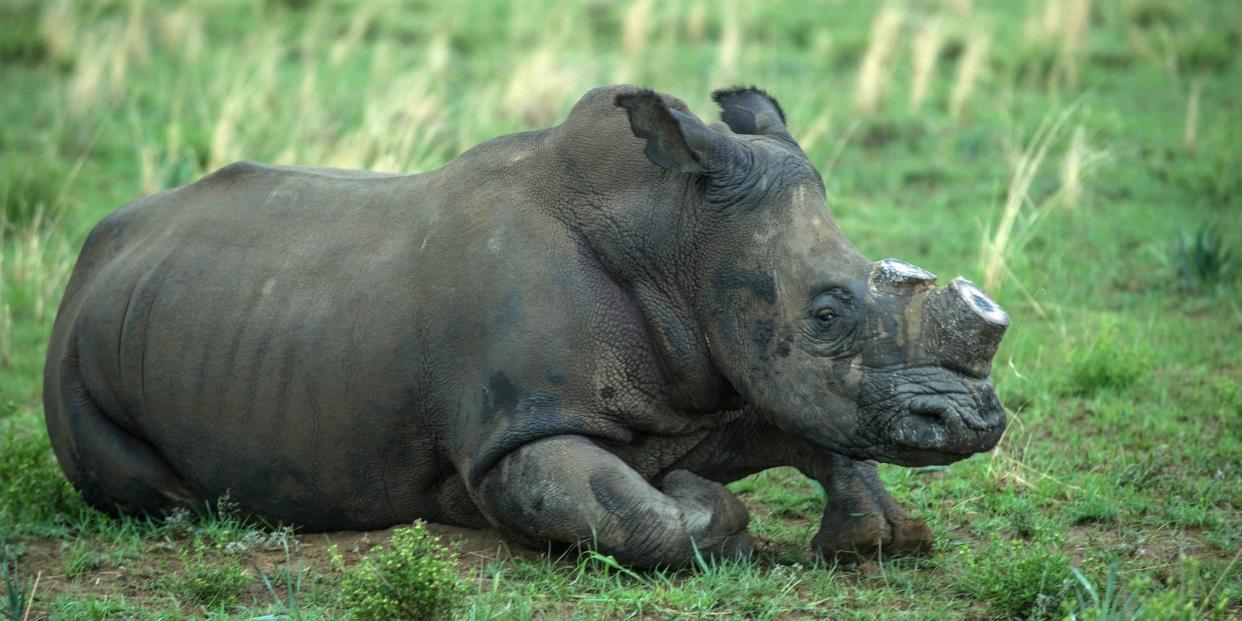
John Hume has been breeding rhinos since 1993 and owns the world's largest rhino farm in South Africa.
He fought a global ban on trading rhino horn, which would allow him to sell it to pay for his farm.
But after years of struggling to cover the ballooning costs to run the farm, it's up for sale.
Later this month, John Hume, the owner of the world's largest rhino farm, is selling up. For a minimum of $10 million, you can buy 2,000 white rhinos in South Africa.
He's been breeding white rhinos since 1993. For years, he campaigned to make it legal to sell rhino horn — a substance more valuable than elephant ivory, cocaine, or gold.
He argued that by legalizing the trade authorities could stop poaching, but despite overturning a domestic ban in 2013, the global ban remained. Without being able to sell rhino horn, the cost of running his ranch — including his sophisticated security system consisting of radar detection, helicopter patrols, and armed guards — finally became too much.
The auction of the farm is set for April 26.
After making millions working in the hotel business for a number of years, John Hume wanted to spend his retirement doing something new — running a ranch.

Sources: The Telegraph, Pulitzer Center
Hume decided to buy a ranch covering nearly 20,000 acres located about 100 miles southeast of Johannesburg.
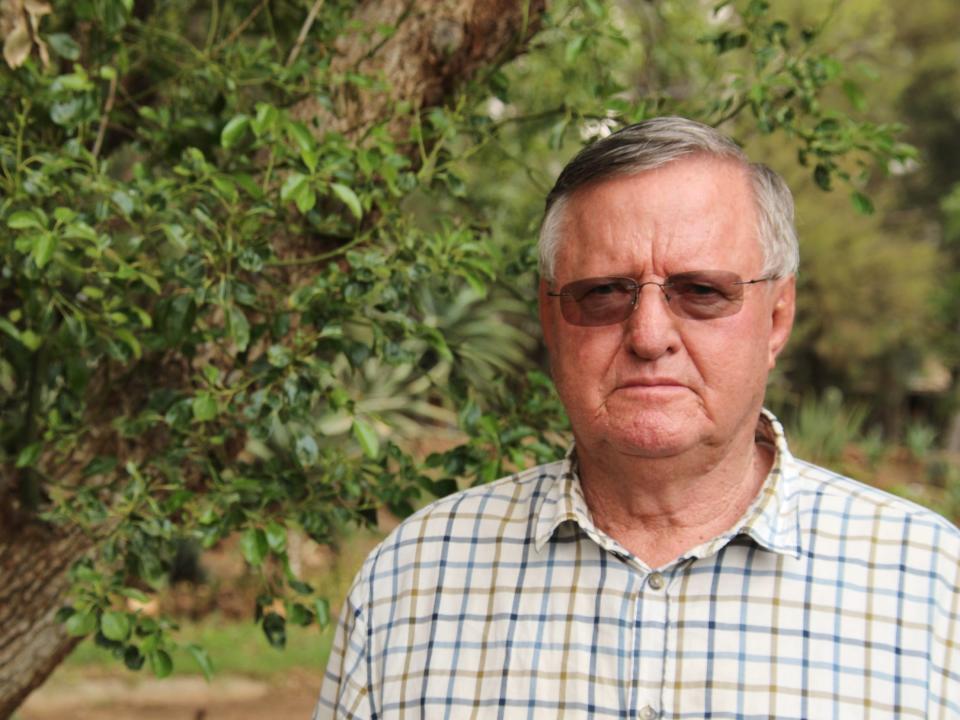
Sources: The Telegraph, National Geographic, Pulitzer Center, The Guardian
When he bought the ranch, it came with two rhinos. "They were the wildlife underdogs, and I fell for them," he told The Telegraph.
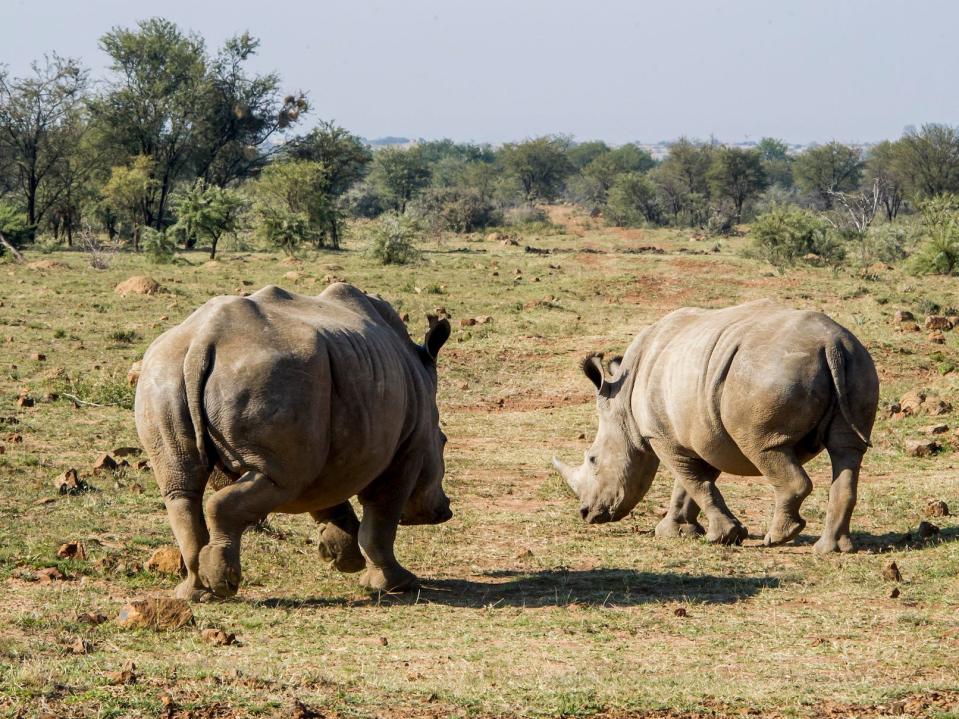
He said he "became aware of what wonderful natures they have but also that they're facing extinction."
"I thought the best way to make a difference is to breed them," Hume said, "and as a result, I have slowly but surely gotten myself into one hell of a corner."
Sources: The Telegraph, Pulitzer Center, Wall Street Journal, National Geographic, The Guardian
At the beginning of the 20th century, there were about 500,000 rhinos across the world. But that number plummeted, mostly due to poaching. Around the time Hume bought his ranch, there were as few as 50 white rhinos left in the wild.
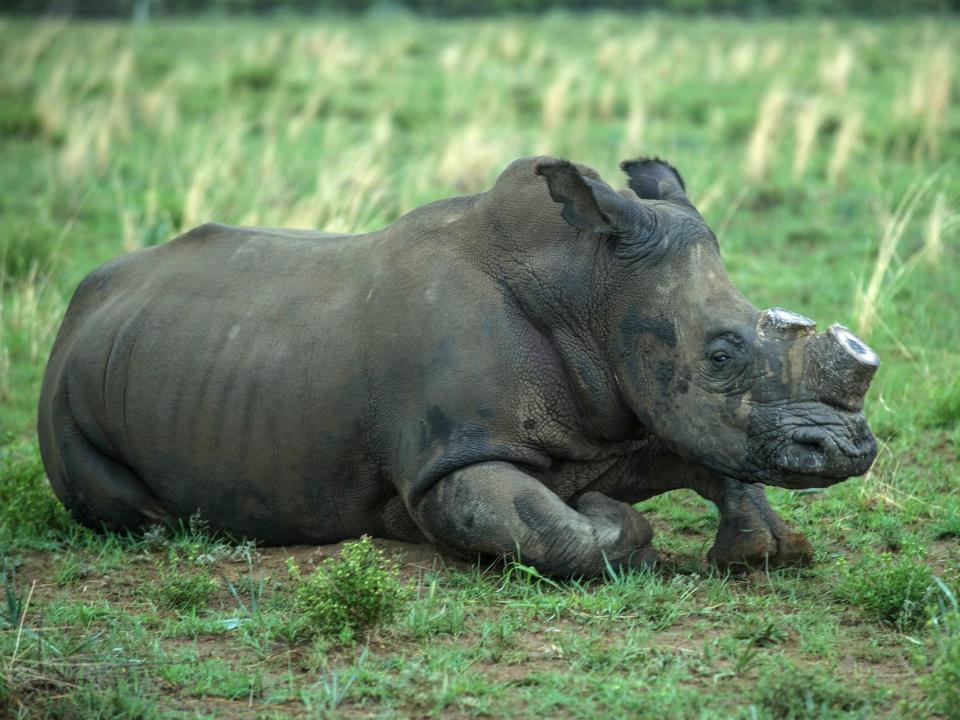
Sources: Save The Rhino, The Telegraph, National Geographic, Pulitzer Center, The Guardian
For the next 30 years, Hume bred white rhinos. By 2015, he had 1,161 white rhinos. By 2023, he had about 2,000.
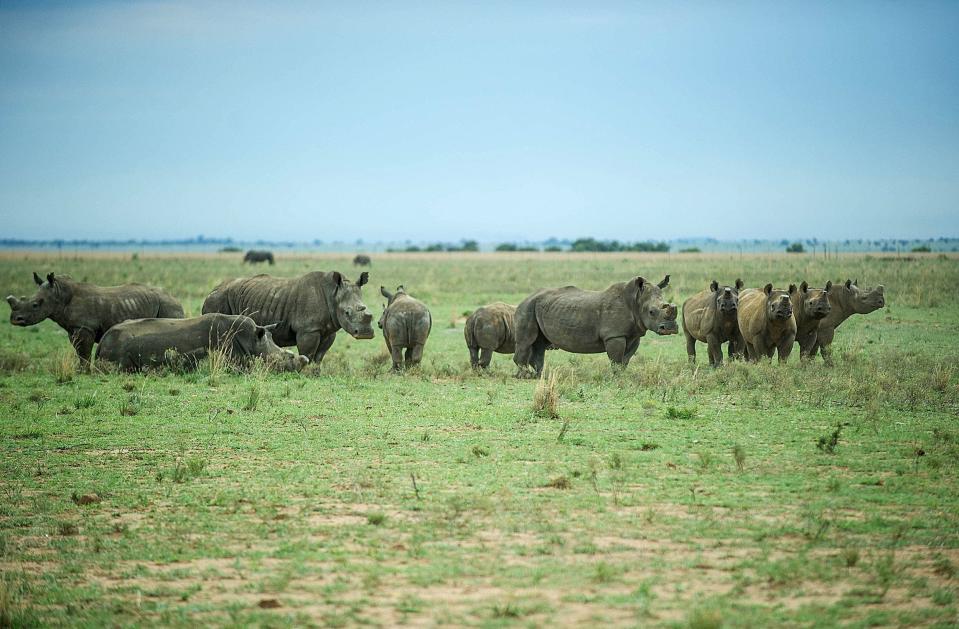
Sources: The Telegraph, Pulitzer Center, Wall Street Journal
Hume and a few other private owners were soon responsible for owning about a third of South Africa's rhino population. And South Africa is home to about 80% of the world's rhinos in total.
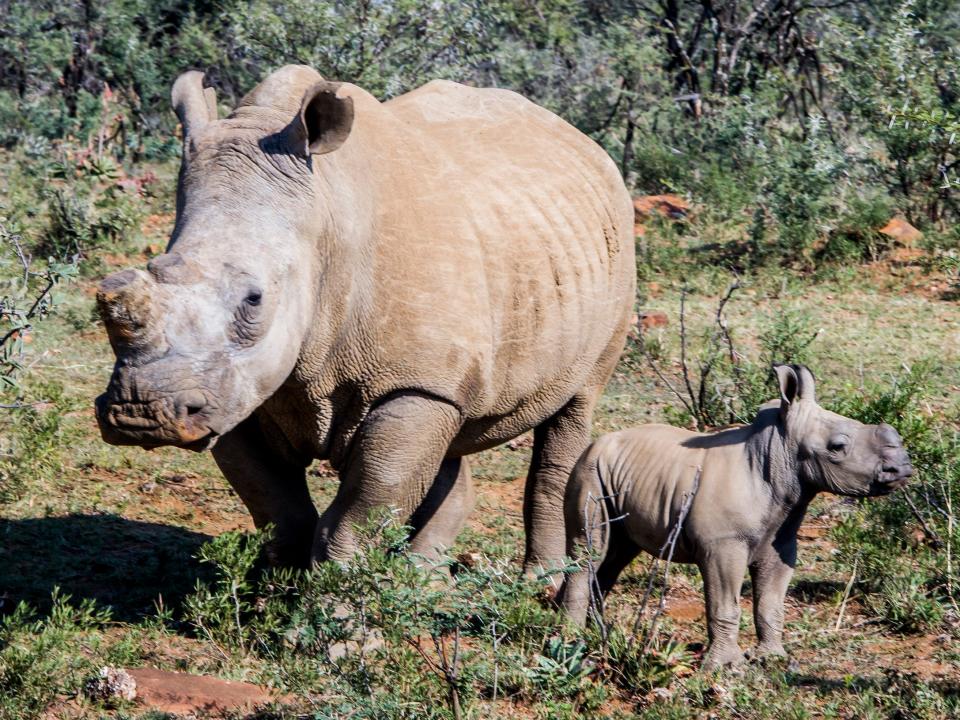
Source: Pulitzer Center
As Hume’s herd grew, his costs grew, too. Reports on his financial struggles became more regular after 2009, due in part to his farm’s recent opening and the new ban on rhino horn trading.
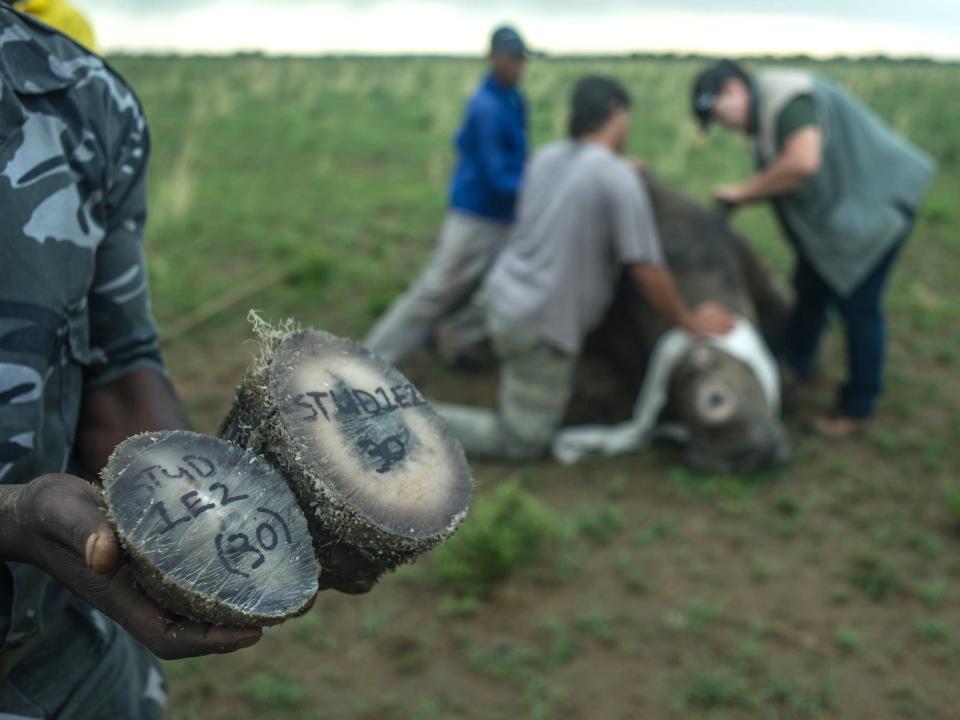
In 2006 he sold about 185 pounds of rhino horn for $83,250.
Sources: Pulitzer Center, National Geographic
But in 2009, the South African government banned the trade. It was following the rest of the world, which had banned it in 1977.
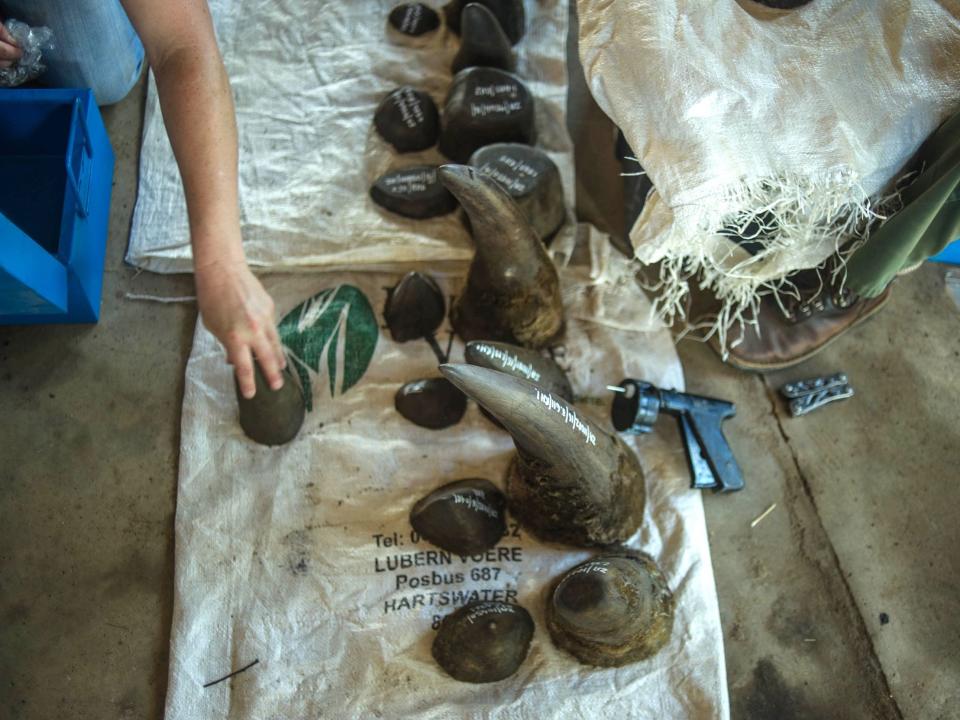
Source: Wall Street Journal
Prior to the ban, rhino poaching was on the rise. In 2007, only 13 rhinos were reported killed, but by 2014, it had risen to 1,215 — equal to one murdered rhino every seven hours.
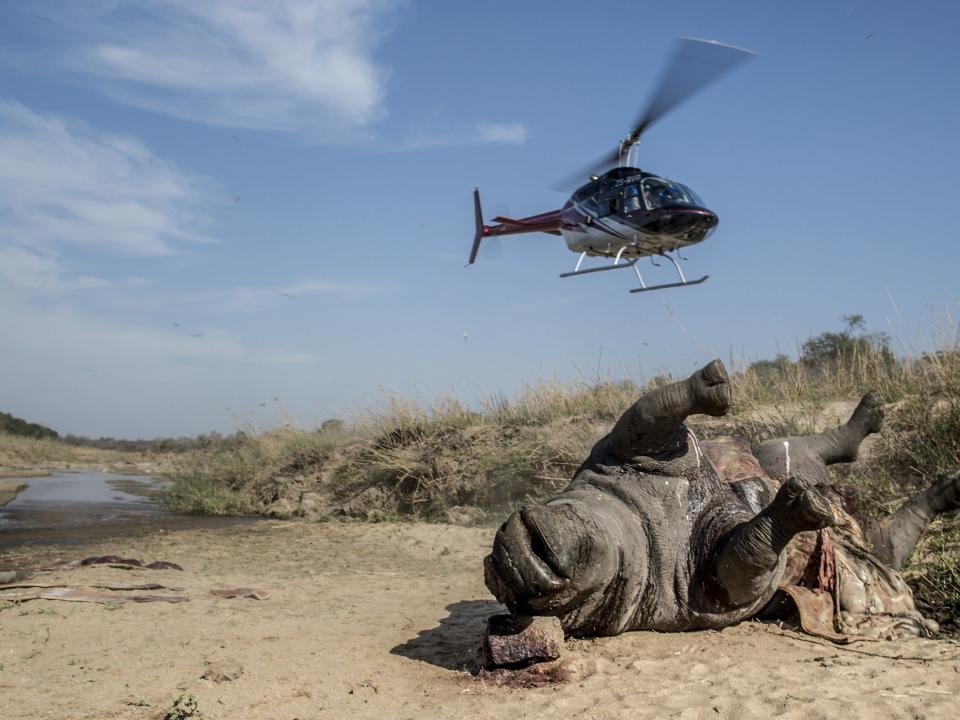
It got to the point where the South African department responsible for publishing the data simply stopped providing it.
Sources: Wall Street Journal, Los Angeles Times
Rhino horn is more valuable than ivory, cocaine, or gold. It is nerveless and made of a substance called keratin, similar to a fingernail. As long as it is not fully removed from a rhino, it can grow up to 5 inches a year.
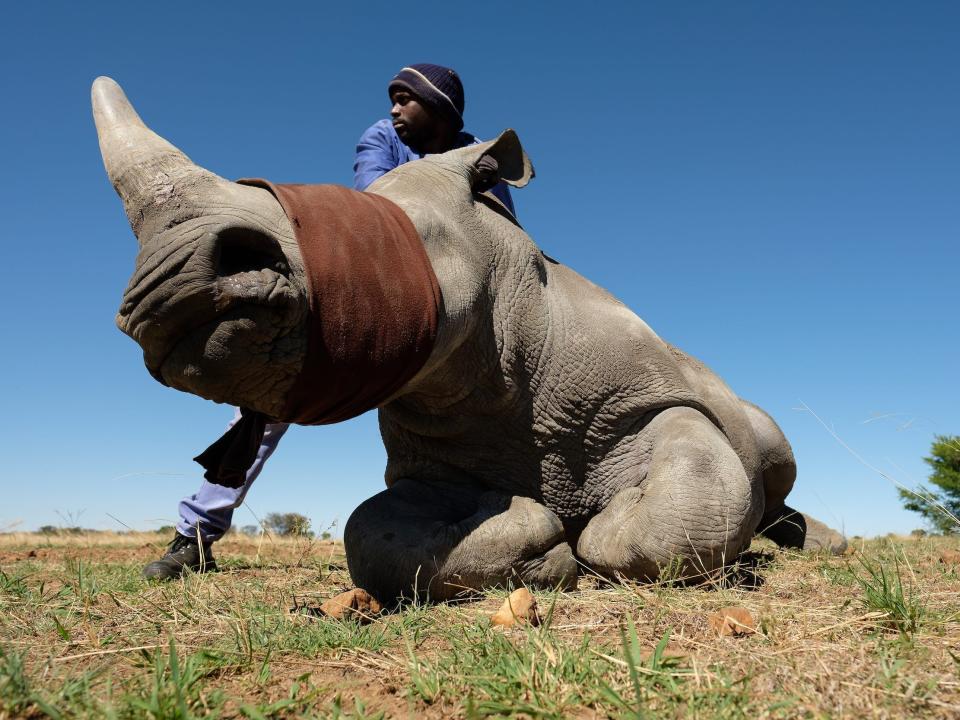
Sources: Wall Street Journal, The Guardian
Some experts argue that, although the process is noisy and looks brutal, it's no more painful than clipping a nail, and there's no bleeding.
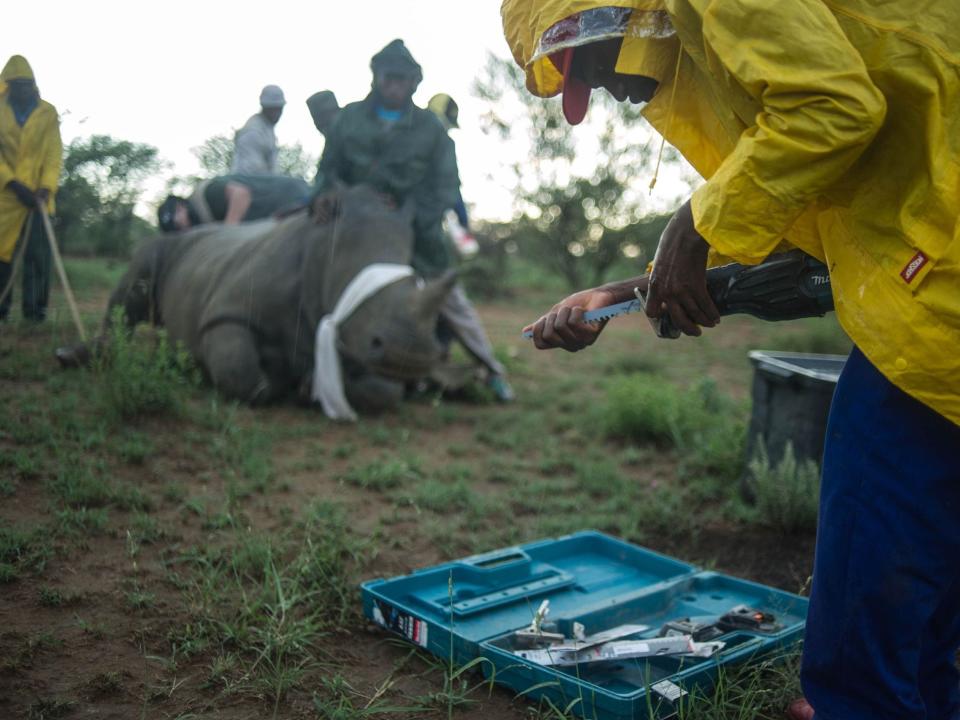
Source: The Guardian
Demand for rhino horn is highest in Asia. In Vietnam, the horn is ground into a powder that's touted as a cancer medicine, but this has never been scientifically proven. In China, it's worn as a bracelet or made into cups to indicate wealth.
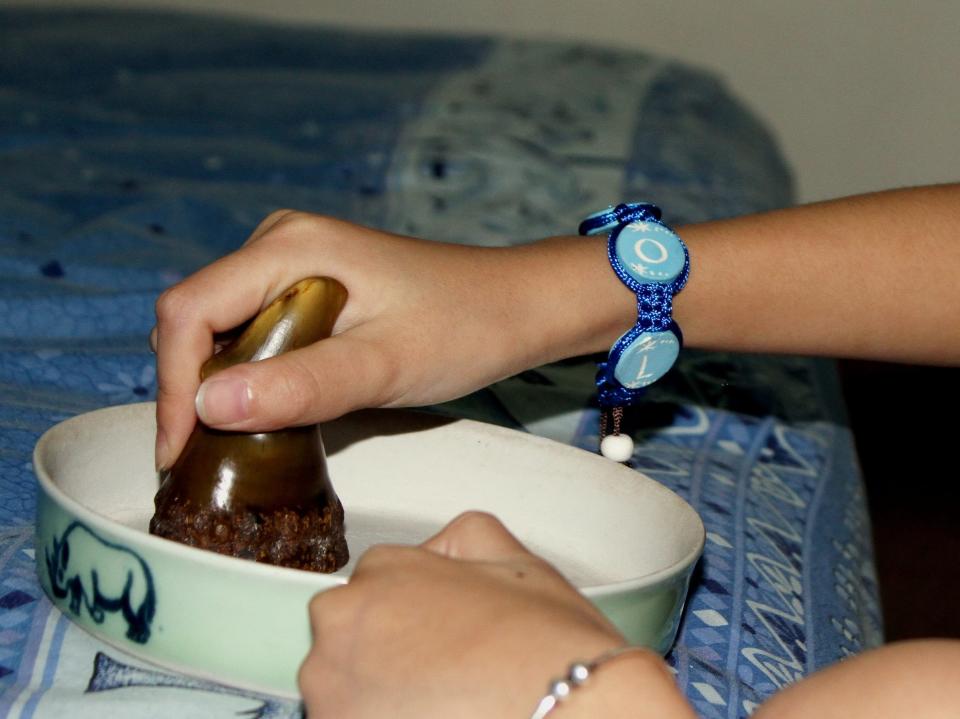
Sources: Wall Street Journal, Los Angeles Times, Pulitzer Center
As his costs grew, Hume wanted to legalize the rhino horn trade again. He argued legalization would remove poachers from the market because private owners, like himself, could sell large volumes of horn harvested in a humane way.
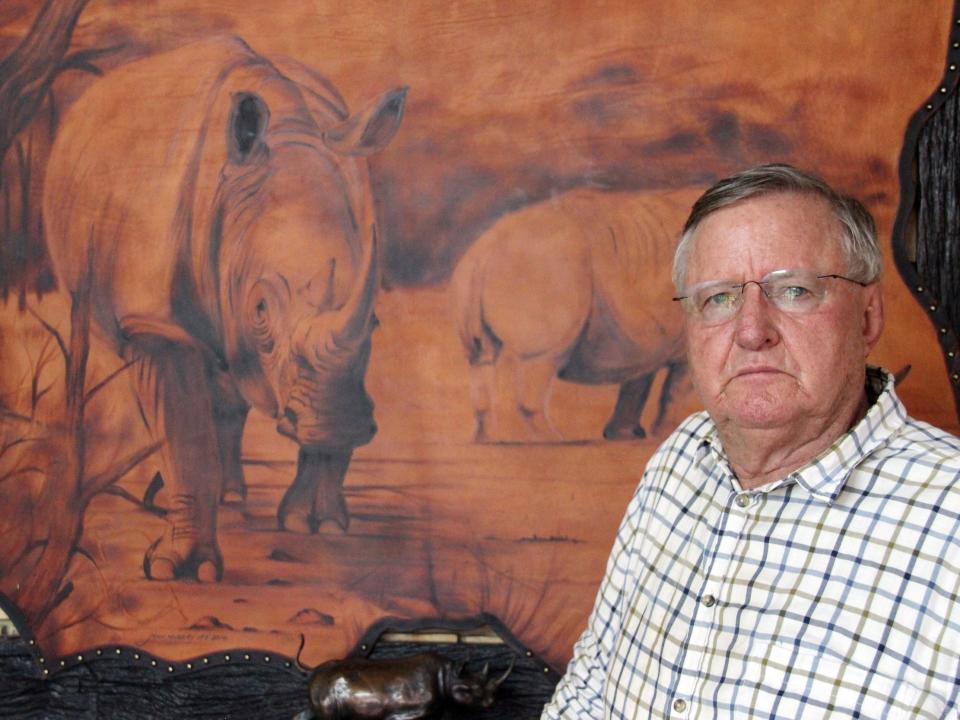
He reasoned that this in effect would squeeze the poachers out of the market.
Source: Wall Street Journal
His critics argued it helped that he had a whole lot of horn stockpiled. By 2012, he had about 2,000 pounds of rhino horn. By 2015, his stock of horn was reported to be worth more than $200 million.
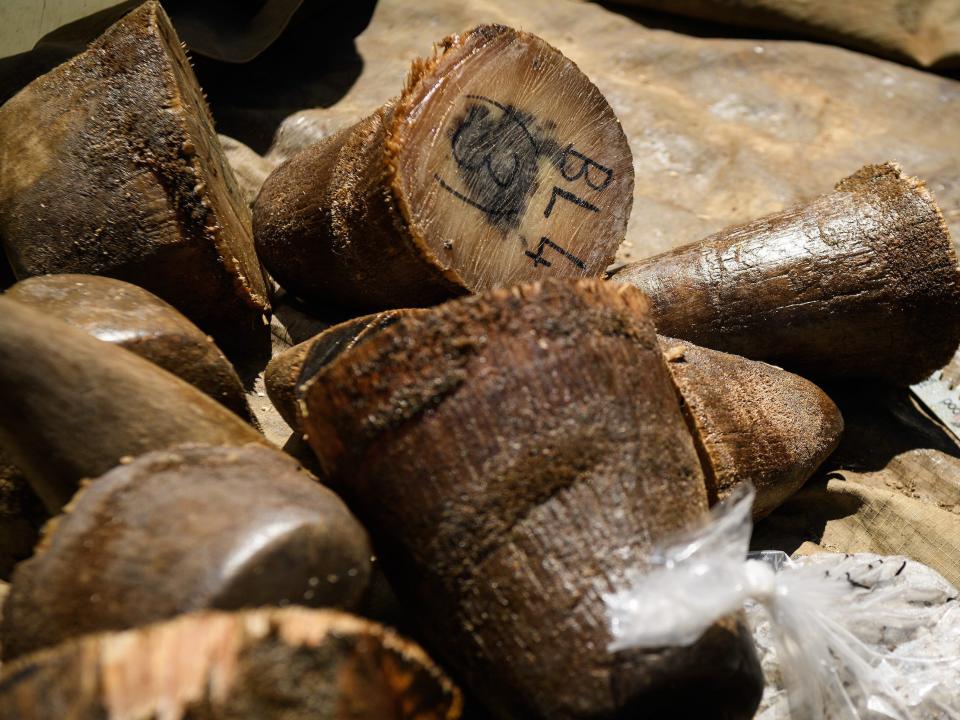
At the time, 2.2 pounds of rhino horn could get more than $50,000 on the black market.
Sources: New York Times, Washington Post, Yale Environment 360
Conservationists also didn't agree with his view that legalizing horns would cause poaching to decrease. Some believed it would only make the issue worse by increasing demand.
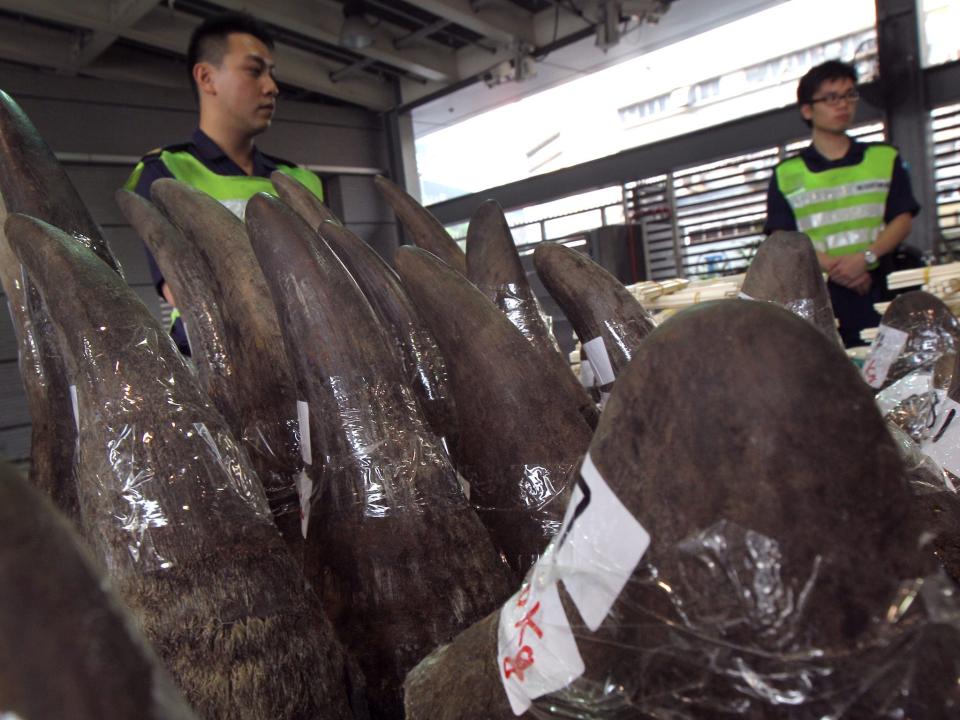
Margot Stewart, the leader of a nonprofit group called Wild and Free South Africa, wrote an open letter to Hume.
She said farming rhino horn was unethical as a whole, and there were only two groups who wanted it to happen — rhino farmers and organized crime groups.
Source: Wall Street Journal
But Hume didn't agree. "I am completely convinced that what I am doing is the only way to save the rhino from extinction," he told the Los Angeles Times.
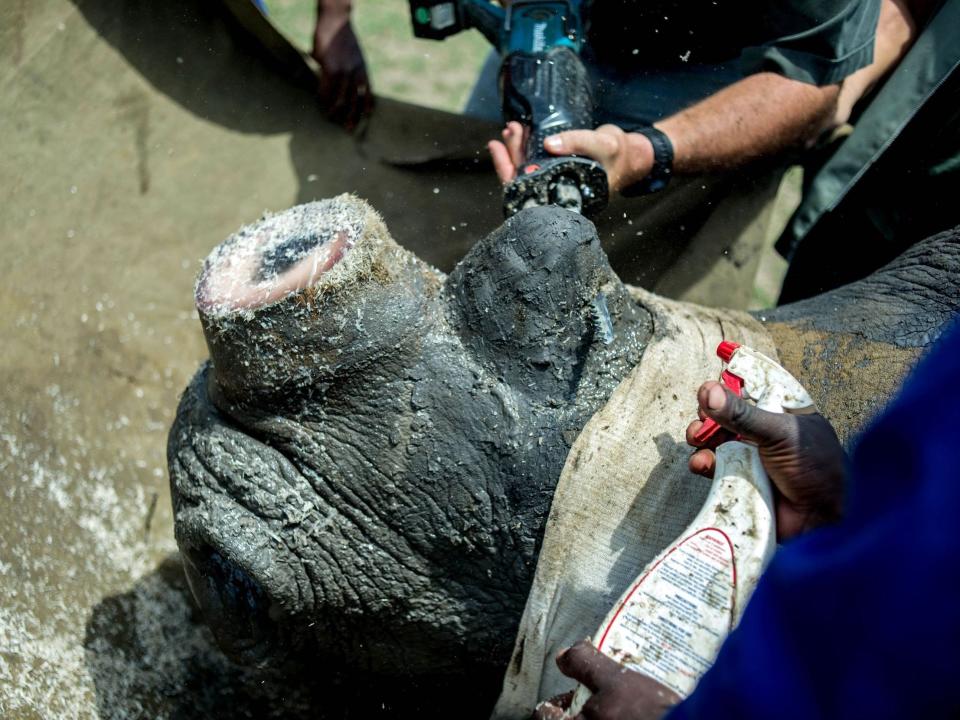
He said selling the horns was the only way his herd could survive as his costs continued to grow.
Sources: Wall Street Journal, Los Angeles Times
In 2013, Hume was part of a lawsuit that successfully overturned the domestic ban on the trade. But according to The Telegraph, it was too little, too late.
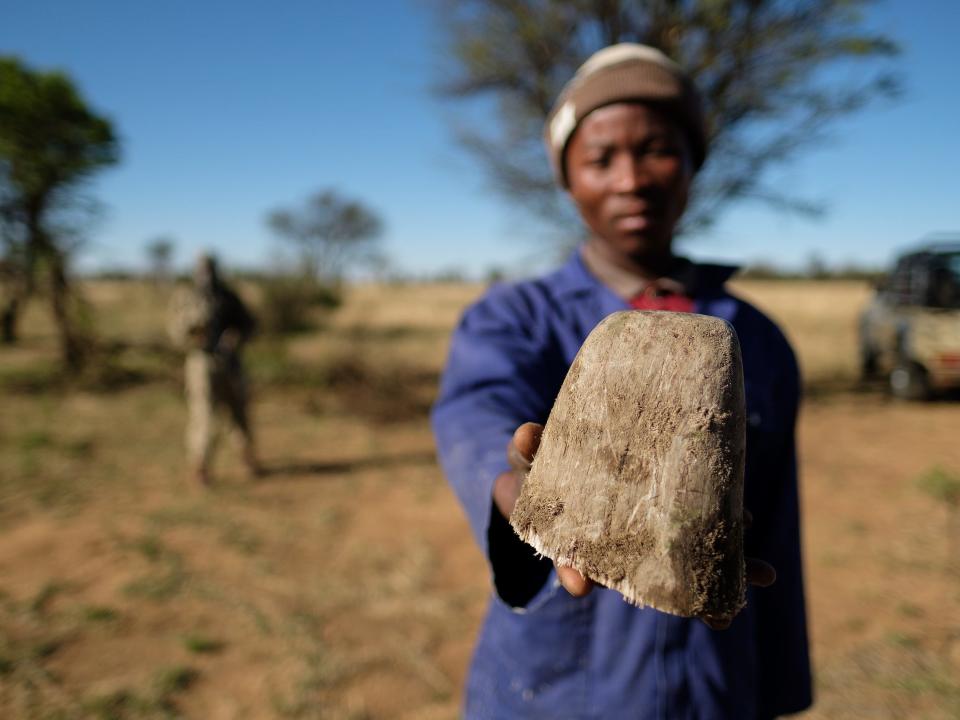
Overturning the ban meant the horns could be sold within South Africa, but by then, the local population wasn't interested.
Source: The Telegraph
By 2015, he was spending more than $2.4 million a year to protect his rhinos and another $1.7 million on food, veterinarian bills, and staff. Meanwhile, there was no money coming in.
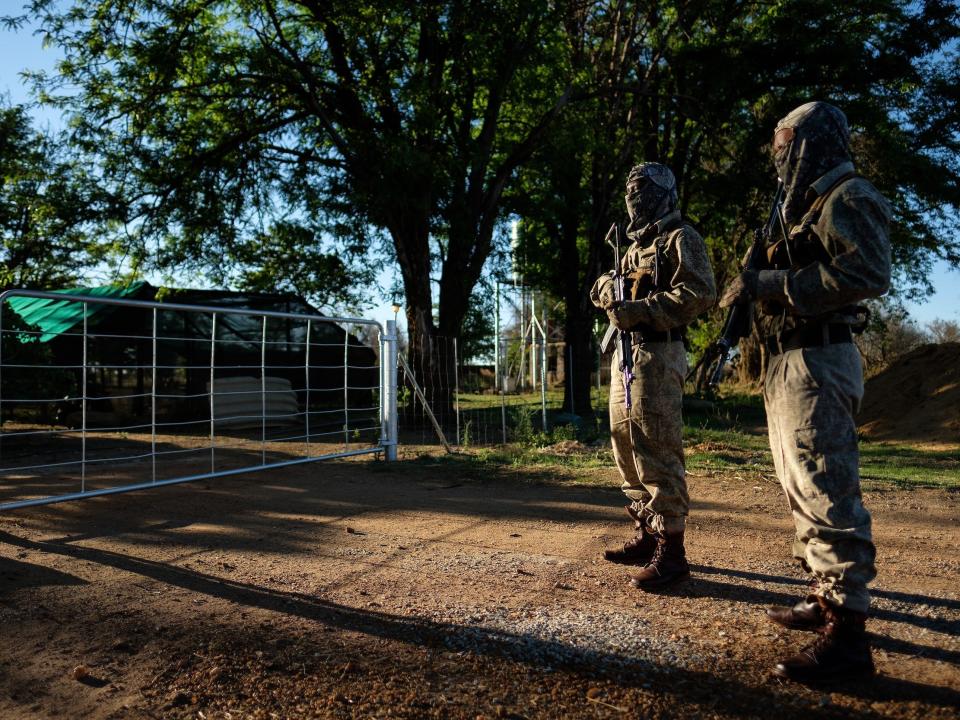
He told the Los Angeles Times he continued the business out of "stupidity."
"You get into it and you get more and more passionate about it," Hume said. "You think that things are going to get better. And slowly you get so far into it, you can't get out."
Sources: Wall Street Journal, Los Angeles Times, The Telegraph
But he couldn't walk away. Between 2007 and 2017, poachers killed more than 7,100 rhinos. It had gotten so bad that animal welfare groups were forecasting that rhinos faced extinction within a decade.
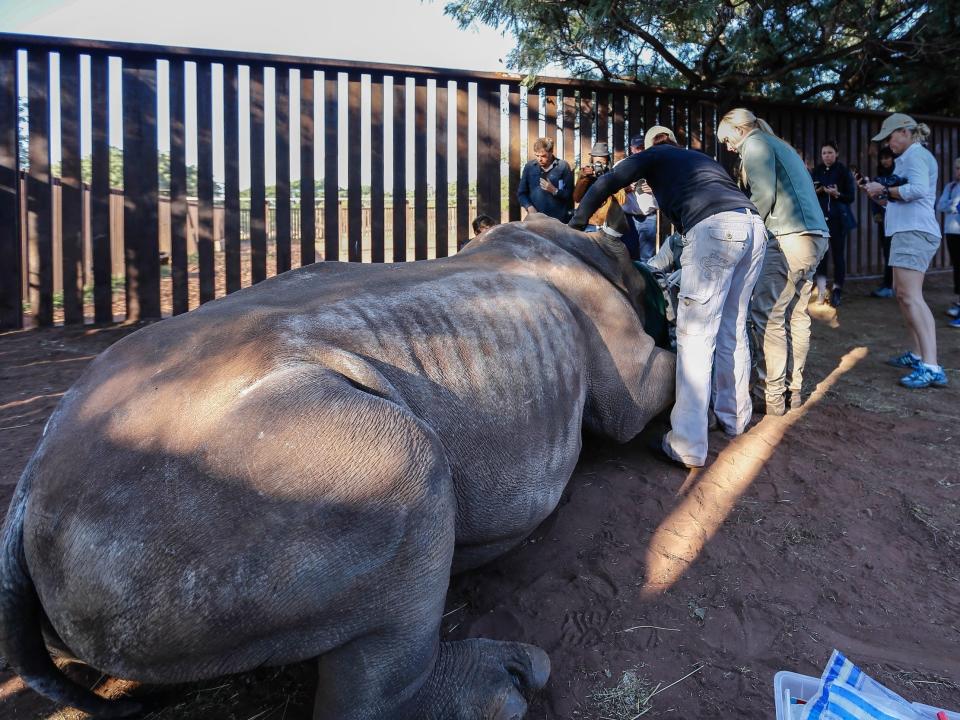
Sources: The Telegraph, BBC, The Guardian
In 2017, he hosted South Africa's first online rhino auction, hoping to make some money by selling some of his stock of rhino horn. But, according to his lawyers, the auction ended less successfully than he had hoped.
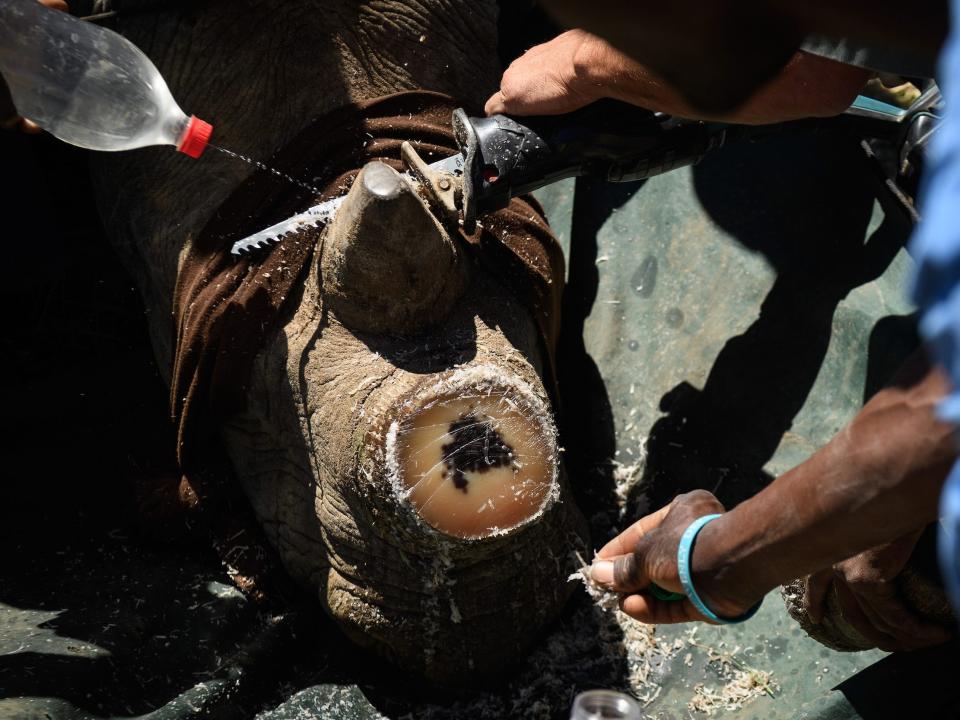
Source: The Guardian
Hume did find some success with his security. Between 2017 and 2019, his security system — a mixture of radar monitoring, helicopter patrols, armed guards, and security dogs — completely stopped poaching on his ranch.
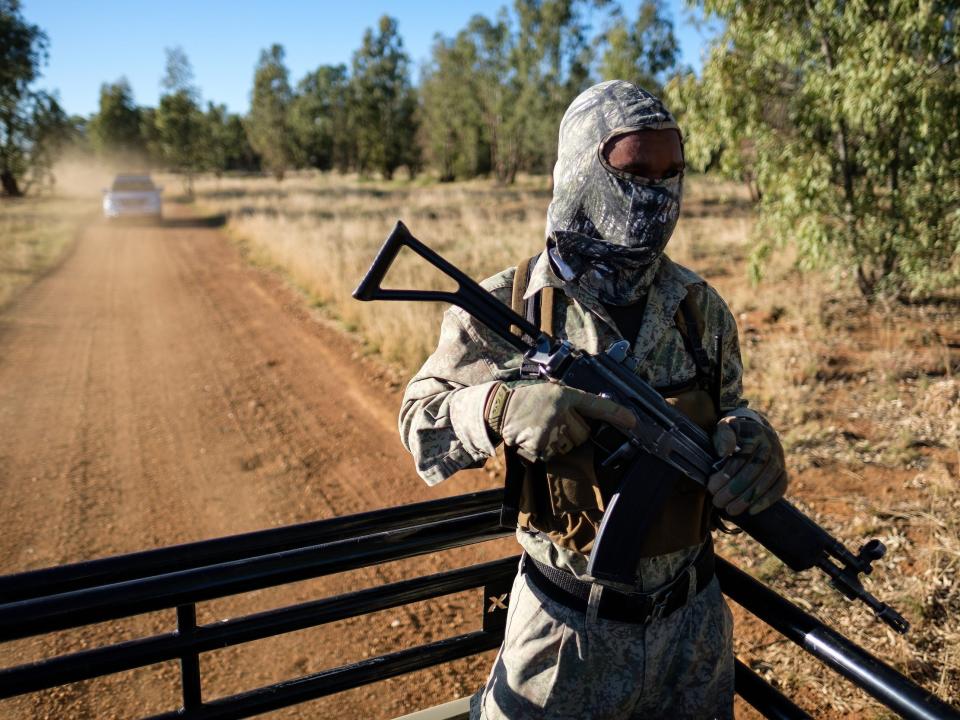
Sources: Wall Street Journal, Los Angeles Times, New York Times, National Geographic
But things were getting desperate. By 2019, he'd spent his entire fortune on the ranch — $115 million euros ($143 million).
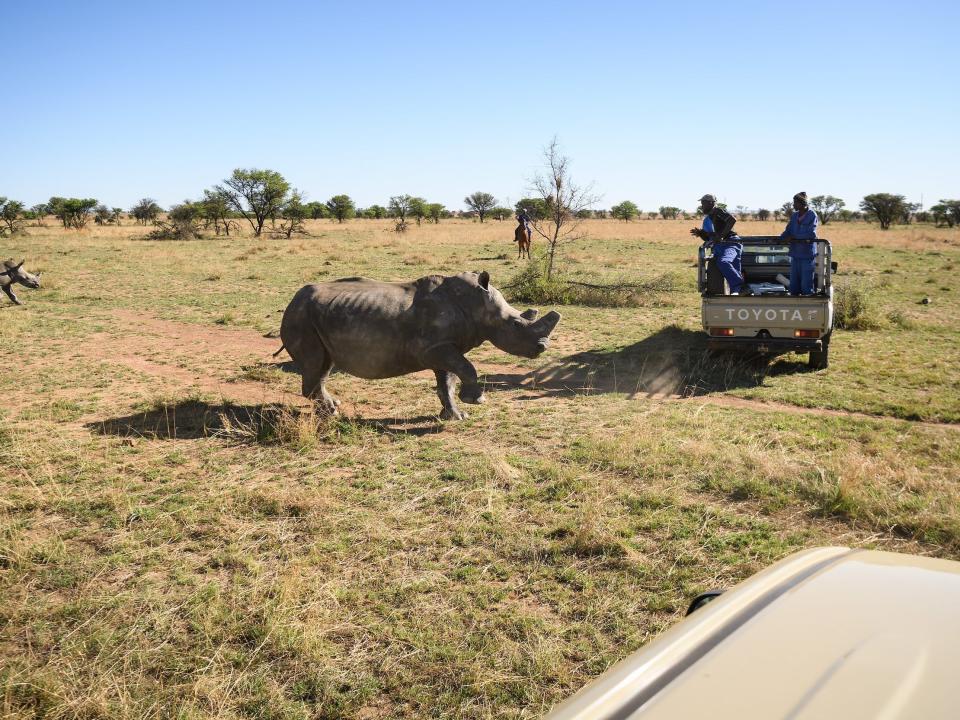
Sources: The Telegraph, Pulitzer Center
He wrote to a number of billionaires requesting funds for his ranch, including Amazon founder Jeff Bezos' ex-wife MacKenzie Scott, Elon Musk, Richard Branson, and Prince Harry.
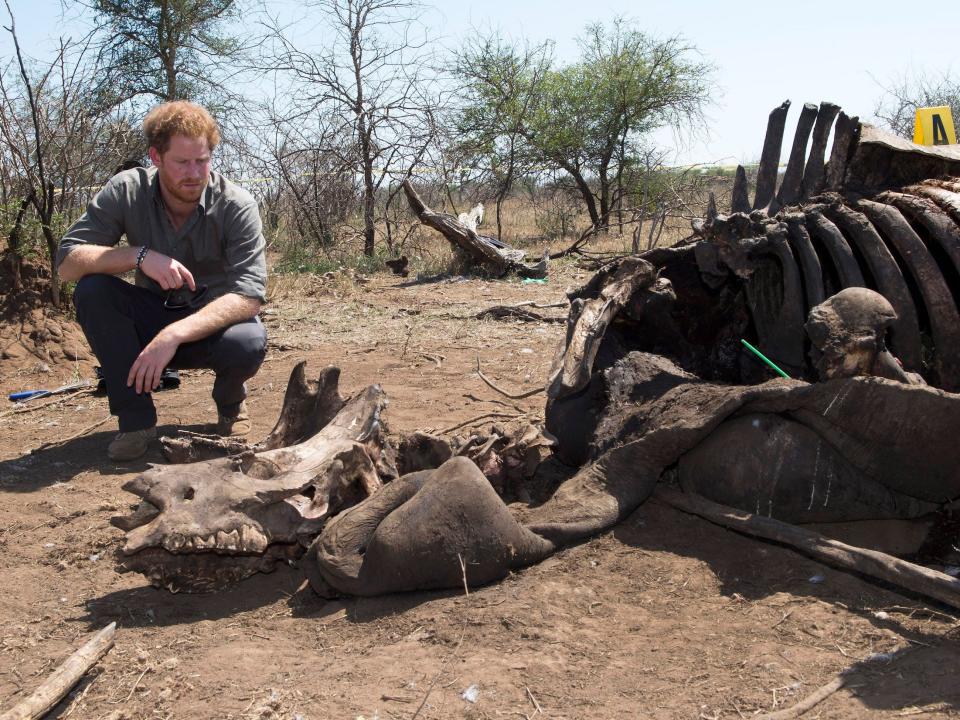
In the past, the South African government had received millions from the US and from private donors including Warren Buffet's son.
Sources: The Telegraph, Pulitzer Center
In the end, with no help coming, despite putting everything he had into it, he decided it was too expensive to continue running the ranch. He was 81 years old.

Sources: Bloomberg, National Geographic
The auction is set for April 26. The starting bid is $10 million. He's hoping for bidders who would continue his mission, but time will tell who will ultimately take up the mantle.
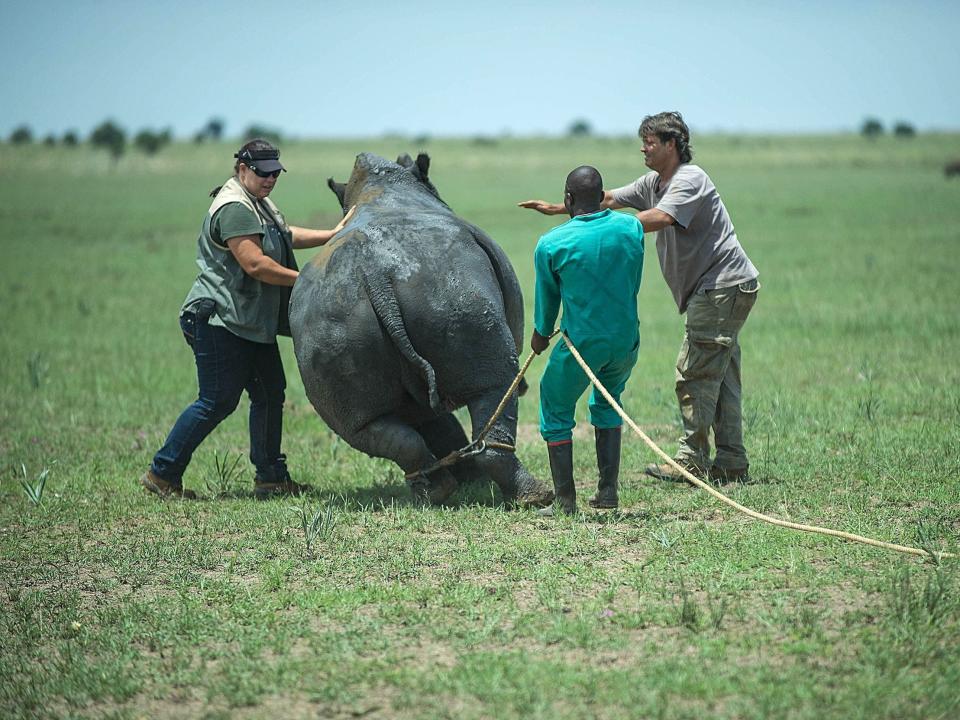
Sources: Bloomberg, National Geographic
Read the original article on Business Insider

